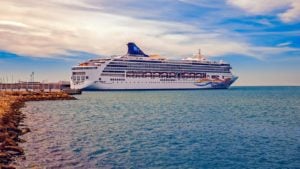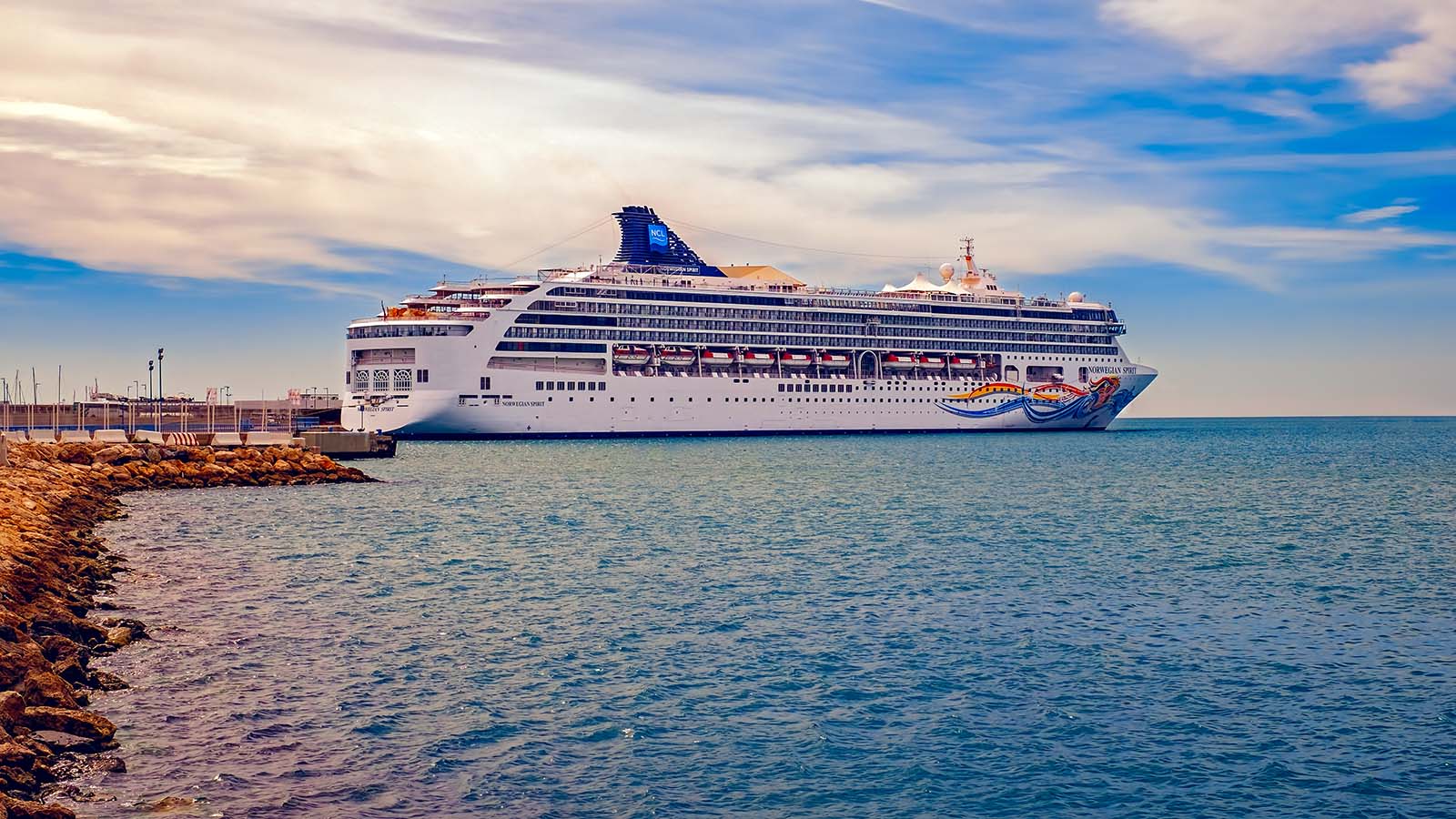With shares of Norwegian Cruise Lines (NYSE:NCLH) at just $17 right now, it’s easy to imagine investors thinking of its $53 levels from just last year and concluding there’s 210% upside as we see a once things “go back to the way they were.”

There’s just one problem: NCLH stock might not bounce back. In fact, it could sink to $0.
That’s because, as cruise lines draw down credit lines, interest payments begin to creep up. Eventually, these debts can leave scarring on a company’s balance sheet that takes decades to undo. And as thousands of leveraged buyouts have shown, high debt loads also make companies far less likely to survive future crises.
NCLH stock investors beware. You’re getting what you pay for.
NCLH Stock: Stuck in a Quagmire
I don’t usually write about cruise lines. It’s a capital-intensive, low-growth business where stock prices barely outpace inflation. $1,000 invested in Carnival (NYSE:CCL) at its 1987 IPO would have turned to just $4,120 today, compared to $13,340 in the S&P 500 or $505,600 in Microsoft (NASDAQ:MSFT).
But the novel coronavirus pandemic has even growth investors appraising the beaten-down sector. When Norwegian stock hit $8 back in March, it meant people could snap up a piece of the cruise line for just 0.5x price-to-book (after accounting for June’s write-downs).
Prescient investors could have doubled their money in just two weeks.
But here’s where I’d like to weigh in. Norwegian is the worst-financed of the three major cruise lines. And that exposes investors to the most significant amount of risk.
“The Best Things in Life are Free…”
… Except for revolving credit lines
Norwegian management surprised investors this year by announcing better-than-expected borrowing terms from lenders. By posting their ships as collateral, the company raised almost $4 billion of debt in the first six months of 2020. The company now has enough cash to survive through the end of 2021.
And what about the interest rate? It ranged from 0.9% to 1.5% above LIBOR (currently at 0.4%). Not bad for a company with a B2 junk bond rating from Moody’s, a credit ratings agency.
But “not bad” doesn’t mean “great.” With a higher debt load, the cruise company’s quarterly interest payments nearly doubled from $65 million to $114 million in Q2. Analysts now expect the company’s interest payments to top $445 million per year. That means even in a post-coronavirus “return to normal” world, Norwegian will spend almost 40% of operating income on servicing debt.
Debt Payments: From “Bad” to “Worse”
Several financial factors could quickly push highly-leveraged Norwegian over the edge.
1. LIBOR could rise. Even though the Federal Reserve has signaled “lower for longer” interest rates, every 1% rate increase means an immediate $37 million of additional annual interest. And let’s not forget that just a year ago, the 1-LIBOR rate stood at 2.1%.
2. Ship value could fall. That would cut Norwegian’s ability to use them as loan collateral. Even though cruise ships are generally considered valuable property, an industry bankruptcy could push down resale values.
3. Refinancing can bite. Norwegian’s various credit lines mature between 2022 and 2024. If they can’t negotiate the same terms as they did in 2020, interest payments could balloon.
Any of these three issues could make the company’s interest burden unsustainable. And of course, all this still ignores the business problem: when will people get back on cruise ships?
The Coronavirus Vaccine: A Cure-All for the Cruise Industry
Hear me say this: cruise passenger numbers will only return to prior levels once people feel confident to travel again. And that means having a safe, effective, and widely available vaccine.
Can cruises restart sooner? Of course. There will always be people who will go on vacation the moment they can. Life, after all, is a calculated risk.
But to get back to pre-pandemic margins, the industry will need everyone (or at least the vast majority) to feel comfortable again. Cruise customers are highly sensitive to prices, so even slightly weaker demand can mean significant discounts; empty cabins earn no revenue.
When will a vaccine become readily available? That’s a question with conflicting answers. The Centers for Disease Control (CDC) estimates nationwide availability by mid-2021, while the White House has suggested that it could happen as soon as this October.
I won’t bother putting in my two cents. The guessing game around the Covid-19 vaccine is so politicized that everyone seems to have an opinion. But this much is true: for every month Norwegian idles its ships or fails to generate 2019-level margins, the company’s balance sheet sinks deeper and deeper into disrepair.
Buy CCL Stock, Short NCLH
Speculators looking to play the vaccine timeline are better off buying shares in Carnival, essentially a better-capitalized version of Norwegian. With less than half the debt-to-equity, CCL will spend just 22% of normalized operating income on debt servicing (compared to NCLH’s 40%).
CCL also trades for cheap. At 0.68 times price-to-2019-sales, the company is slightly less expensive today than NCLH’s 0.73x ratio. The numbers look even more lopsided in CCL’s favor when you consider its lower interest charges.
Perceptive readers will also note that CCL is also cheaper on a price-to-book ratio (0.6x vs. 1.0x), but sales ratios provide a better gauge than book value when assets are getting written down.
Of course, CCL isn’t immune from going bankrupt either. A bankruptcy by Norwegian or Royal Caribbean (NYSE:RCL) could cause short-term ripple effects across the industry. And a failure to come up with a timely vaccine would eventually push Carnival towards unsustainable debt levels.
Nevertheless, it’s still the better choice. So if you have insight into the timing of a coronavirus vaccine, avoid the temptation to bottom-fish with Norwegian.
On the date of publication, Tom Yeung did not have (either directly or indirectly) any positions in the securities mentioned in this article.
Tom Yeung, CFA, is a registered investment advisor on a mission to bring simplicity to the world of investing.
